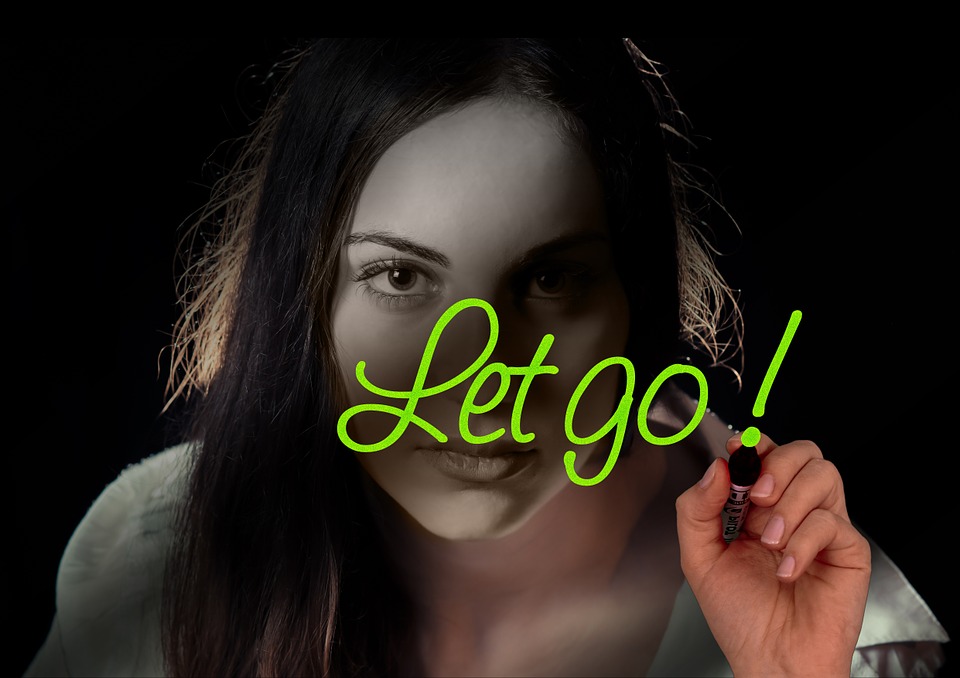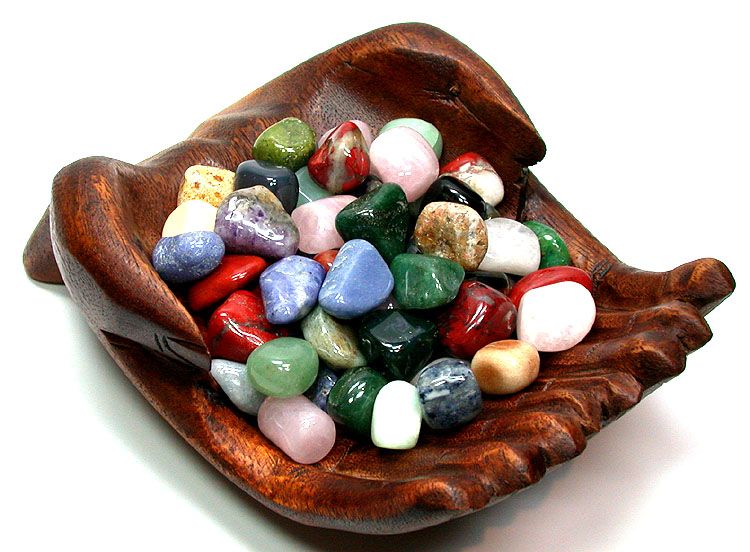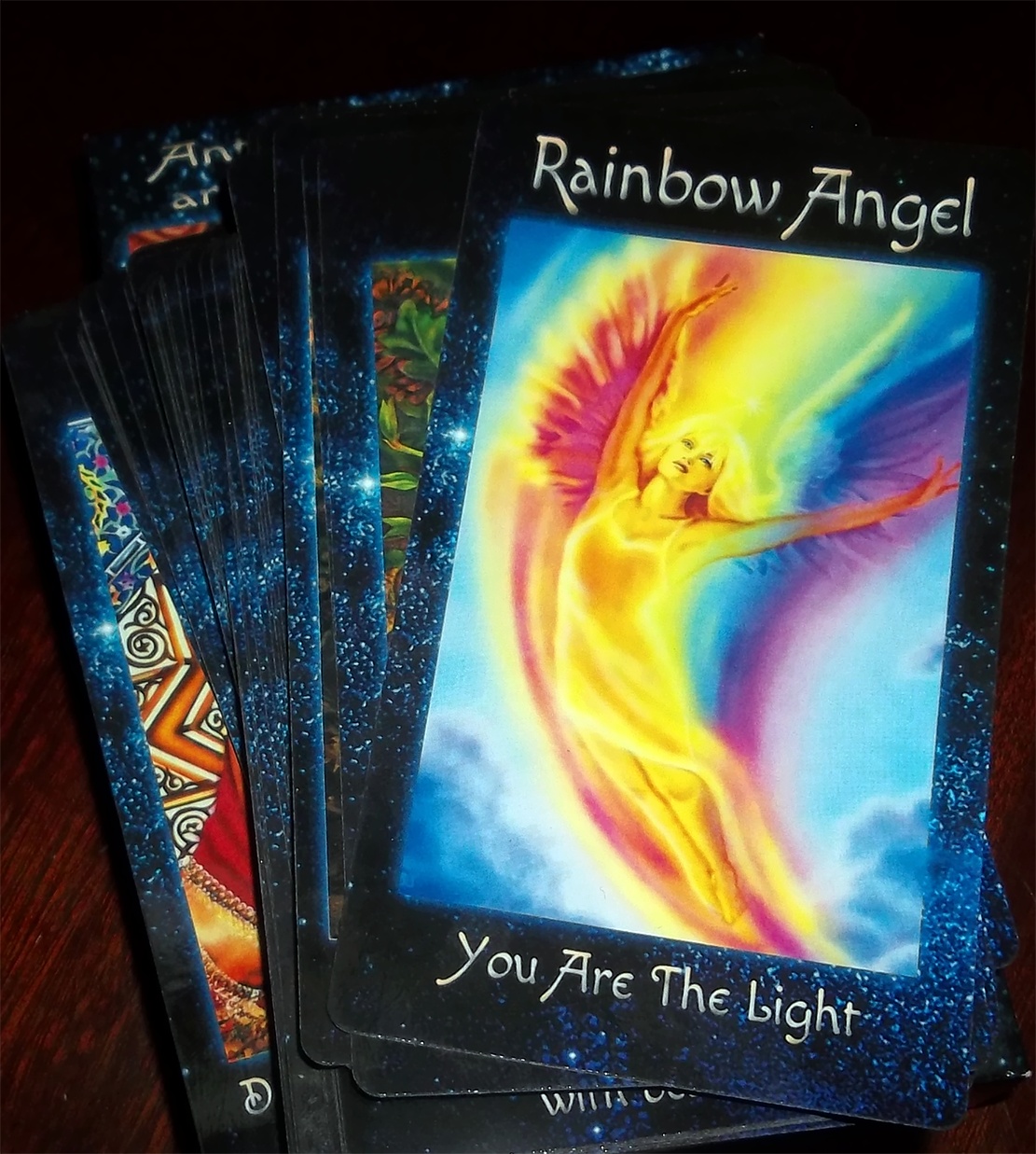4 Step Guide to Letting Go of the Past
- Details
- Written by admin

We’re constantly struggling with the past, in so many ways:
- Mistakes we’ve made that we regret or that make us feel bad about ourselves
- Anger about something someone did to us
- Frustration about how things have progressed up until now
- A wish that things turned out differently
- Stories about what happened that make us sad, depressed, angry, hurt
- An argument that we had that keeps spinning around in our heads
- Something someone just did (a minute ago) that we’re still stuck on
What if we could just let go of things have have happened, and be present with the unfolding moment instead?
What if we could let the past remain in the past, and unburden ourselves?
What is we could see that our holding onto the past is actually hurting us right now … and look at letting go as a loving act of not hurting ourselves anymore?
It can be done, though it isn’t always easy. Here’s the practice I recommend, in four steps.
Step 1: See the Story That’s Hurting You
In the present moment, you have some kind of pain or difficulty: anger, frustration, disappointment, regret, sadness, hurt.
Notice this difficulty, and see that it’s all caused by whatever story you have in your head about what happened (either recently or in the more distant past). You might insist that the difficulty or pain is caused by what happened (not by the story in your head), but what happened isn’t happening right now. It’s gone. The pain is still happening right now, and it’s caused by whatever story you have about the situation.
Note that “story” doesn’t mean “false story.” It also doesn’t mean “true story.” The word “story” in this context doesn’t imply good or bad, false or true, or any other kind of judgment. It’s simply a process that’s happening inside your head:
- You’re remembering what happened.
- You have a perspective about what happened, a judgment, a way of seeing it that has you as the injured party.
- This causes an emotion in you.
So just notice what story you have, without judgment of the story or of yourself. It’s natural to have a story, but just see that it’s there. And see that it’s causing you difficulty, frustration or pain.
Step 2: Stay with the Physical Feeling
Next, you want to turn from the story in your head … to the feeling that’s in your body. This is the physical feeling: it could be tightness in your chest, a hollowness, a shooting pain, an energy that radiates in all directions from your solar plexus, an ache in your heart, or many more variations.
The practice is to turn and face this physical feeling, dropping your attention out of the story your head and into your body.
Stay and face this feeling with courage — we usually try to avoid the feeling.
Stay and explore it with curiosity: what does it feel like? Where is it located? Does it change?
If this becomes unbearable, do it in small doses, in a way that feels manageable for you. It can get intense if the feelings have been intense.
But for most feelings, we see that it is not the end of the world, that we can bear it. In fact, it’s just a bit of unpleasantness, not all-consuming or anything to panic about.
Stay with it and be gentle, friendly, welcoming. Embrace the feeling like you would a good friend. You’re becoming comfortable with discomfort, and it is the path of bravery.
Step 3: Breathe Out, Letting Go
Breathe in your difficulty, and breathe out compassion.
It’s a Tibetan Buddhist practice called Tonglen: breathe in whatever difficult feeling you’re feeling, and breathe out the feeling of relief from that difficulty.
You breathe in not only your own pain, but the pain of others.
For example:
- If you’re feeling frustration, breathe in all the frustration of the world … then breathe out peace.
- If you’re feeling sadness, breathe in all the sadness of the world … then breathe out happiness.
- If you’re feeling regret, breathe in all the regret of the world … then breathe out joy and gratitude.
Do this for a minute or so, imagining all the frustration of those around you coming in with each breath, and then a feeling of peace radiating out to all of those who are frustrated as you breathe out.
You can practice this every day, and it is amazing. Instead of running from your difficult feeling, you’re embracing it, letting yourself absorb it. And you’re doing it for others as well, which gets us out of a self-centered mode and into an other-focused mode.
As you do this, you’re starting to let go of your pain or difficulty.
Step 4: Turn with Gratitude Toward the Present
As you feel that you’ve let go, instead of getting caught up in your story again, turn and see what’s right here, right now.
What do you see?
Can you appreciate all or some of it? Can you be grateful for something in front of you right now?
Why is this step important? Because when we’re stuck on something that happened in the past, we’re not paying attention to right now. We’re not appreciating the moment in front of us. We can’t — our minds are filled up with the past.
So when we start to let go of the past, we have emptied our cups and allowed them to be filled up with the present.
We should then turn to the present and find gratitude for what’s here, instead of worrying about what isn’t.
As we do that, we’ve transformed our struggle into a moment of joy.
My Upcoming Course: Dealing with Struggles
I wanted to let you guys know about an upcoming video course that I’m launching next week — it’s called Dealing with Struggles, and I’m very excited about it!
This course is aimed at anyone who has struggles:
Anxiety about life or social situations
Frustrations with themselves or other people
Difficulty with procrastination
Trouble forming new habits or quitting old habits
A feeling of unhappiness with ourselves
Struggles with finances, clutter, productivity, health issues
Stress about work, life, relationships
As it turns out, we all have struggles.
This video course will aim to get to the root of our struggles, and learn how to apply mindfulness practices to work with them.
It’s a four-week course, with two video lessons and two mindfulness practices a week ... and it will start in April. More next week!
Liked this article? Dive deeper into personal growth and wellness! Check out CrystalWind.ca for spiritual wisdom or explore AromaWorx.ca for natural well-being tips. Spread the positivity—share this with friends on their happiness journey!
Let’s Chat! Drop Your Thoughts Below! ![]()
Latest Articles
Dive into the Mystical World of the Crystal Wind Oracle Deck!
Get All the Enchanting Details Now!
NEW Expanded Boxed Edition!
Now with 58 Cards for Richer Wisdom!
Imagine a world of inspiration and healing, free for all—made possible by YOU!
Donate Now—Ignite the Magic at CrystalWind.ca!

Epilepsy - Finding A Cure
Your donation can make a difference!
Help us find a cure – donate now!
Unlock Your Light: Join Lightworkers Worldwide on CrystalWind.ca!
Follow Us!
Who is Online Now
We have 45465 guests and one member online
- andel
Featured This Month
Cartomancy - Fortune Telling Using Playing C…
Cartomancy is the act of divining using cards. Divining means to find out by... Read more
The Crystal Wind Oracle Card Deck
The Crystal Wind Oracle™ The Crystal Wind Oracle Myth & Magic Card D... Read more
Litha Sabbat - The Summer Solstice
Gardens are blooming, and summer is in full swing. Fire up the barbeque, turn ... Read more
Litha - The Midsummer Solstice
The Litha festival is one of the lesser Sabbats of the Witches annual calend... Read more
Litha (Midsummer)
The season of Midsummer (also called "Litha") begins on or about June 21st i... Read more
The Seven Chakras and their Meanings
If you could imagine chakras as circles of energy, flowing all the way throu... Read more
Taurus Mythology
The Taurus Myth The story of Taurus is most vividly tied to the tale of Zeu... Read more
Sun in Taurus
Sun in Taurus April 21 through May 21 An Overview of Sun Sign Characteristi... Read more
Frogs Return Moon
Beaver – Chrysocolla - Blue Camas – Blue April 20 – May 20 The Frogs Retur... Read more
































































































































































